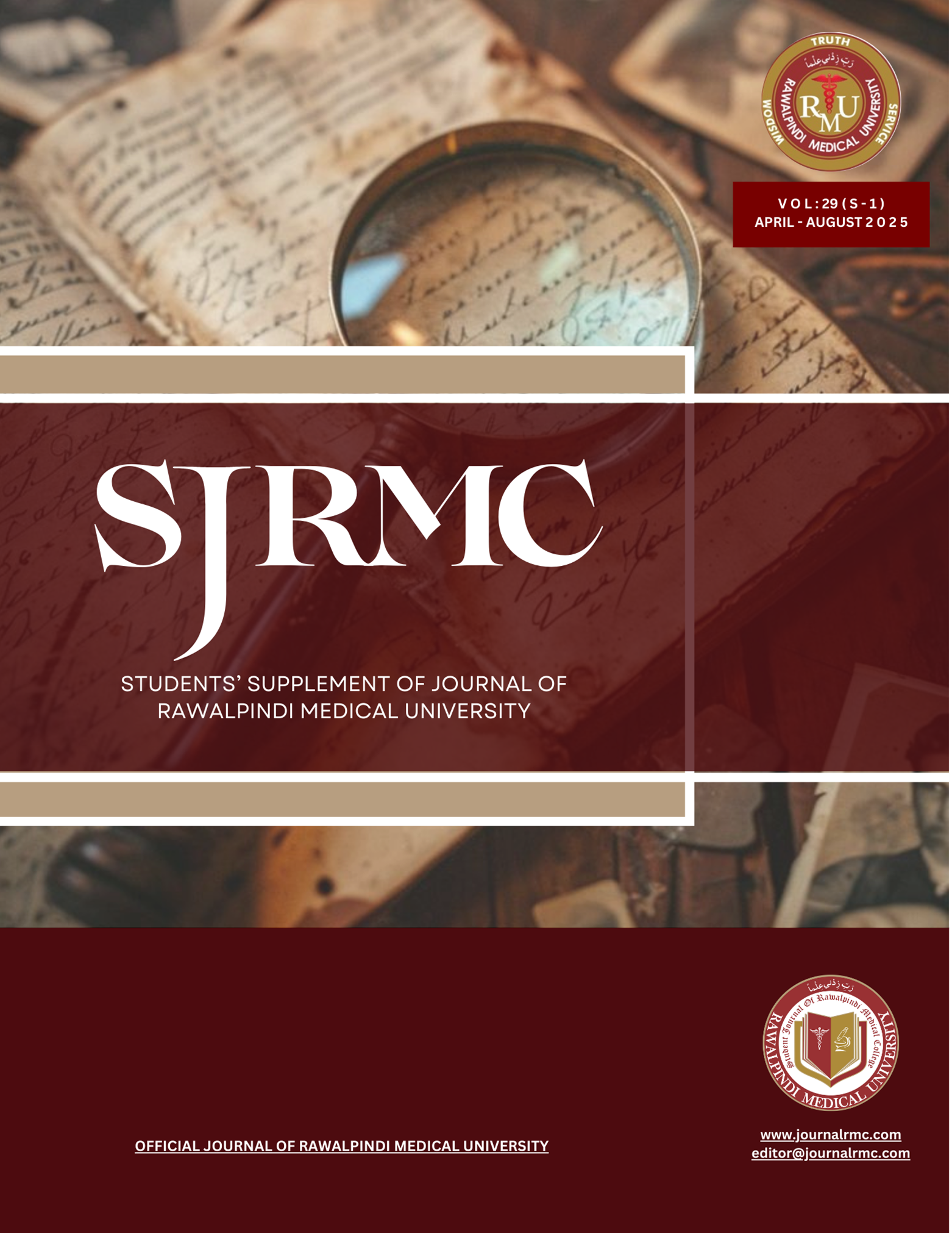Abstract
Introduction: Computed tomography (CT) has greatly enhanced diagnostic accuracy in medicine. However, its liberal use raises concerns regarding radiation exposure, incidental findings, and unnecessary follow-up testing. CT is often ordered for patients with minor symptoms, including headaches, even when the results may not meaningfully influence management. This pattern suggests potential overuse with minimal diagnostic benefit.
Objective: To determine the frequency of normal and abnormal head CT findings in patients presenting with headache and to assess the risk of unnecessary radiation exposure.
Methods: This cross-sectional study was conducted in the Radiology Department of Gondal Medical Complex, Gujranwala, from November 2023 to February 2024. After institutional ethics approval, CT head scan reports of 132 consecutive patients presenting primarily with headache were retrospectively reviewed. Data were analyzed using SPSS version 20, with descriptive statistics applied to calculate frequencies and percentages.
Results: Of the 132 patients, 68 (51.5%) were female and 64 (48.5%) male, with a mean age of 41 ± 16.4 years. The largest subgroup was aged 30–39 years (25%, n=33). Headache was the sole complaint in 116 patients (87.9%), while 16 patients (12.1%) reported additional symptoms such as vertigo or hypertension. Overall, 113 scans (85.6%) were normal. Nineteen scans (14.4%) revealed abnormalities, of which only 12 (9.6% of the total) were clinically significant; the remainder showed minor changes such as brain atrophy.
Conclusion: The high proportion of normal head CT scans among patients with headache suggests potential overuse of imaging. More judicious selection of patients is warranted to limit unnecessary radiation exposure and reduce the workload on radiology services, emphasizing the importance of careful clinical assessment before ordering CT imaging.
Keywords: Computed tomography; Headache; Overuse; Normal findings

